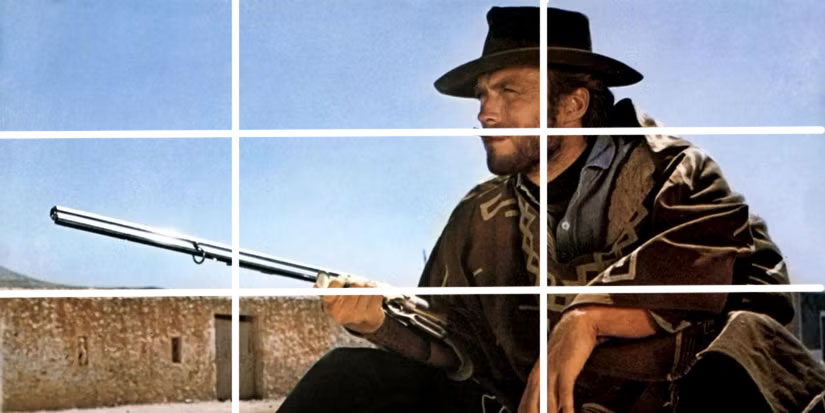Every photographer hears about the rule of thirds at some point. It’s one of those photography tips that sticks around because it works. Whether you’re new or experienced, mastering this technique can elevate your shots and make them more captivating.
Table of Contents
What is the rule of thirds?
The rule of thirds is a composition guideline. Imagine dividing your frame into nine equal parts with two horizontal and two vertical lines. These create four intersection points. Photographers often place their main subject along these lines or at the intersections to draw the viewer’s attention naturally.
It’s not just for photography. Artists and filmmakers also use this technique for balance and visual appeal.

When to use the rule of thirds?
The rule of thirds works best when you want to highlight a focal point. For instance:
- A stunning sunset? Place it at one of the intersections.
- Portrait photography? Position the eyes along a horizontal line.
- Landscapes? Align the horizon with either the top or bottom third.
It simplifies your frame and makes the subject stand out.
When not to use the rule of thirds?
Sometimes, breaking the rule leads to better results. If your composition feels too rigid, try centering your subject or using another technique like symmetry or leading lines.
Group photos, for example, don’t always fit well with the rule of thirds. In those cases, balance and context might take priority.
Why photographers use the rule of thirds?
It’s simple. People love patterns and symmetry. The rule of thirds creates a structure that’s easy on the eyes. It helps guide the viewer’s gaze to the most important parts of the image.
Even if it feels intuitive, it’s not random. This method gives your photos a professional, polished look with minimal effort.
How to use the rule of thirds?
Here’s a quick guide to applying the rule:
- Plan your shot: Decide your subject and how you want to frame it.
- Visualize the grid: Imagine the lines (or use your camera’s grid feature).
- Align your subject: Place your focal point on one of the intersections.
- Frame supporting elements: Use the surrounding space to complement the main subject.
- Edit in post: If your shot isn’t perfect, crop and adjust later.
Simple adjustments make a big difference.
Where did the rule of thirds originate from?
The concept dates back to the 18th century. A painter, John Thomas Smith, introduced the idea in his book Remarks on Rural Scenery. He suggested dividing scenes into thirds to create more balanced compositions.
Although rooted in painting, the idea transitioned seamlessly into photography and other visual arts.
Can we use the rule of thirds in every form of art?
Absolutely. It’s not limited to photography. Graphic design, filmmaking, and painting all benefit from this principle.
In cinema, iconic movies like For a few dollars more showcase scenes perfectly composed with the rule of thirds. The technique transcends mediums and time.

Is the rule of thirds good for every image?
Not always. While it’s a great starting point, it doesn’t fit every scenario. Some photos might benefit from symmetry or centering the subject instead.
It’s about what feels right for the shot. Experimentation is key to finding what works best.
Why photographers should follow the rule of thirds?
Following the rule makes your photos instantly more appealing. It helps you frame the subject in a way that feels natural and balanced.
Once you’ve mastered it, you can break the rule intentionally for creative effects. Knowing when to use it—and when not to—sets experienced photographers apart.
FAQs
How do you break the rule of thirds?
To break the rule, you can center your subject or use other techniques like leading lines or symmetry. Just make sure your composition still feels balanced and purposeful.
How to get rule of thirds on camera?
Most cameras and smartphones have a grid setting in their menu. Enable it to overlay the rule of thirds grid on your screen while shooting.
What is the rule of thirds in design?
In design, the rule of thirds divides layouts into nine equal sections. It helps place key elements like text or images in spots that draw attention, making designs visually engaging and effective.